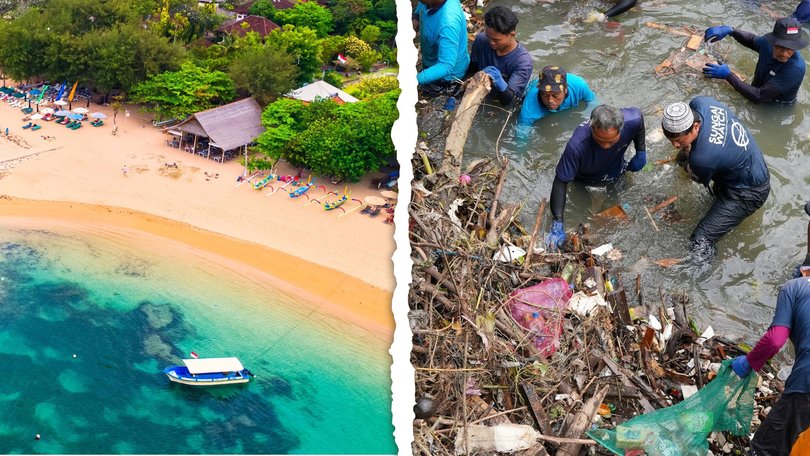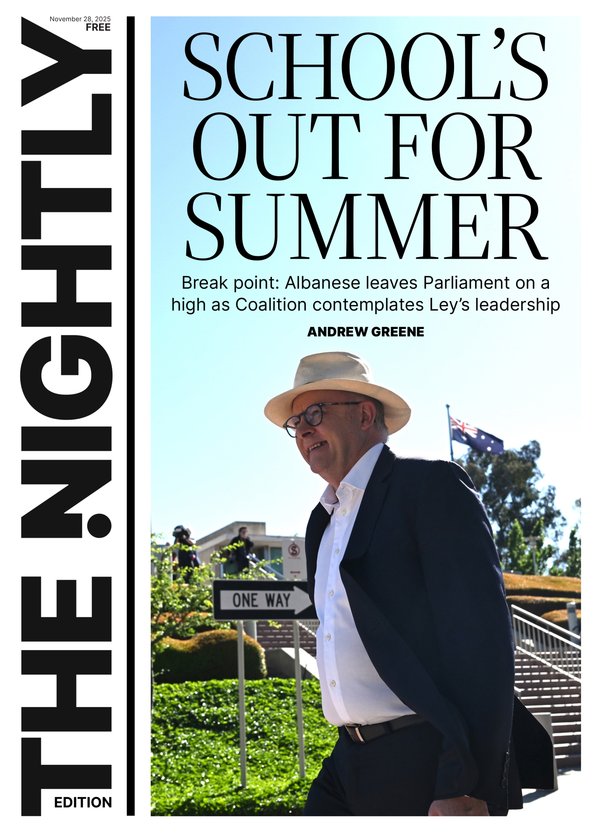Bali: Tourists question whether Indonesian island will be safe to travel to during monsoon season

It’s the paradise island so many Aussies flock to for rest and relaxation, but in the wake of a destructive deluge of flooding, local authorities are warning tourists to carefully consider their holiday plans during Bali’s monsoon season.
While Bali typically experiences the rainy season from late October through to late March, this year the rains came early with catastrophic consequences.
In September, the island experienced its worst flooding in more than a decade; it was triggered by extreme, torrential rainfall which began on September 9, with some places receiving over 385 mm of rain in 24 hours — roughly equivalent to or more than a typical month’s rainfall.
At least 20 people died as a result of the floods and infrastructure damage was widespread with the Bali provincial government declaring a IFRC emergency/disaster response status from September 10 to September 17.
ROAM. Landing in your inbox weekly.
A digital-first travel magazine. Premium itineraries and adventures, practical information and exclusive offers for the discerning traveller.
By continuing you agree to our Terms and Privacy Policy.As a response, Governor Wayan Koster ordered the Head of the Bali Regional Disaster Management Agency (BPBD) to map flood-prone and landslide-prone areas across the province and follow up with “swift and measured action.”
The worst-affected regions were also among the most popular with tourists, including Ubud and the top resort areas of Badung Regency — Kuta, Legian and Seminyak.
According to The Bali Sun, the head of Indonesia’s Meteorology, Climatology and Geophysics Agency, Dwikorita Karnawati, warned that the highest rainfall of the upcoming monsoon season is forecast between January and February 2026.
Ms Karnawati said extreme rainfall could trigger further floods, flash floods and landslides if early-season water management isn’t improved.
“Mapping areas prone to flash floods, early monitoring of river flows in hilly areas, and restructuring of shallow or narrowed river bodies are crucial,” she said.
While the rainy season comes with quieter crowds, it also comes with potential risks of being struck by major flooding.
Aussies planning to travel to the island over the next few months have been warned by local authorities to talk to accommodation hosts regarding emergency evacuation protocols, and be cautious with activates like ATV riding, volcano trekking, river rafting as well as boat transfers and marine tourism activities like snorkelling and diving.
Originally published on PerthNow

